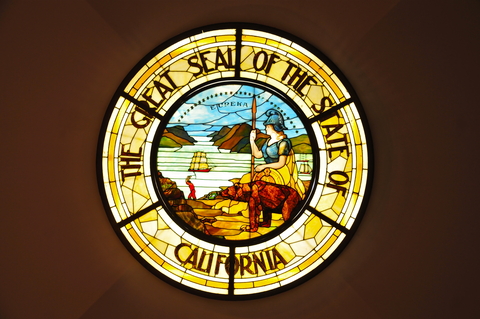
California Legislation – Microplastics
In February 2022, California Assemblymember Bill Quirk introduced Assembly Bill (A.B.) 2787 “Microplastics in Products.” It covers both rinse-off and leave-on cosmetic products.
Helping soap and cosmetic handcrafters navigate the rules and regs.
Find out more about all aspects of soap and cosmetic labeling, regulations, legislation, and news!

In February 2022, California Assemblymember Bill Quirk introduced Assembly Bill (A.B.) 2787 “Microplastics in Products.” It covers both rinse-off and leave-on cosmetic products.
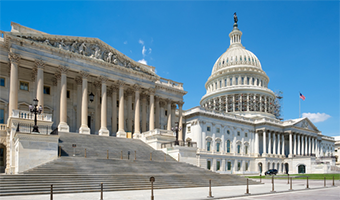
On May 17, the Senate HELP (Health, Education, Labor, and Pensions) Committee introduced a draft bill which includes changes to the Food Drug and Cosmetic Act regarding cosmetics.
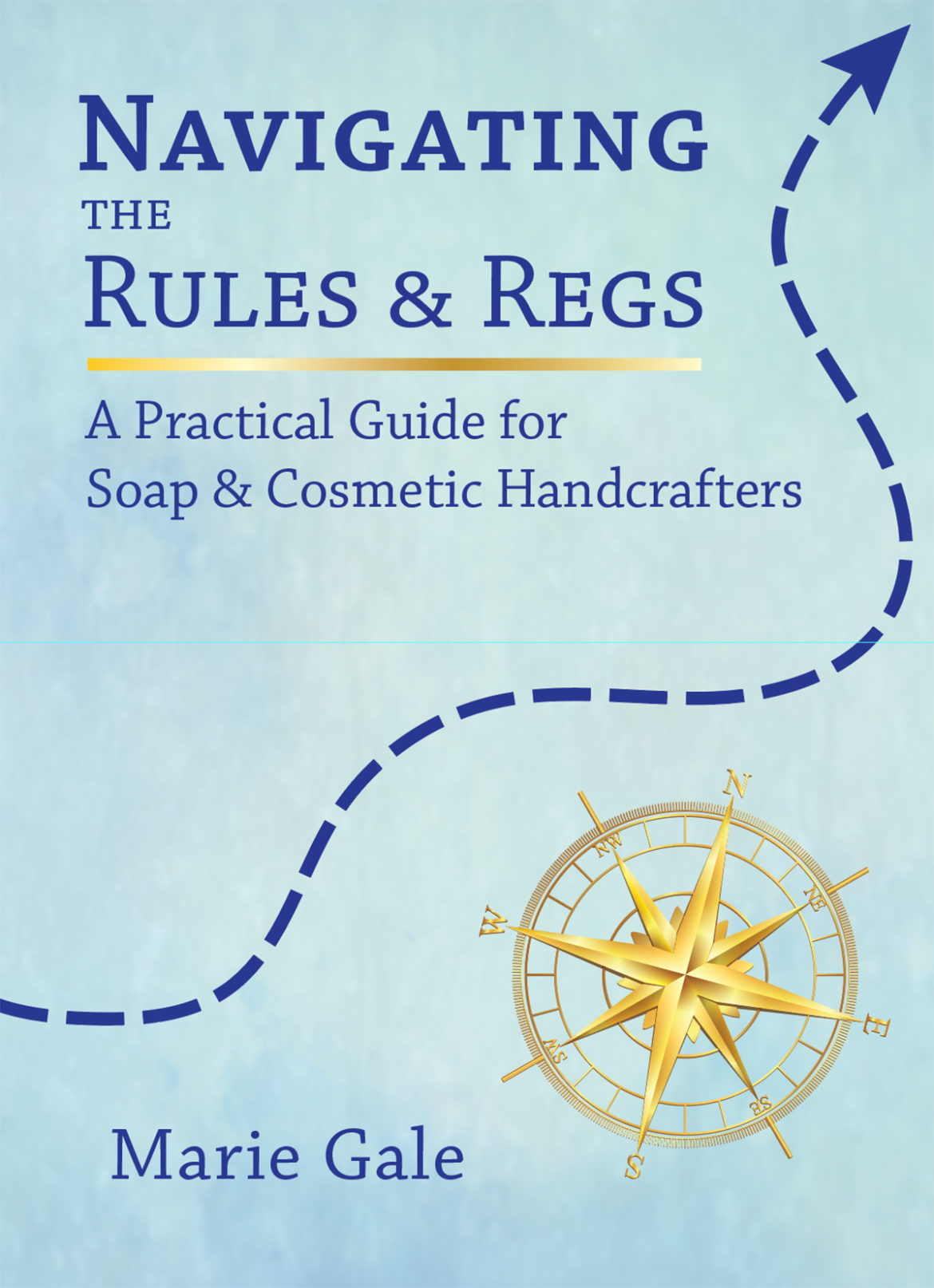
New book! Navigating the Rules and Regs is finished and available at Amazon!

So far, the FDA has declined to provide a formal regulatory definition of the term “natural” as applied to cosmetics (or food). That said, there are some standards that can guide you concerning when the claim of “natural” is appropriate (that is, not false or deceptive) for a cosmetic product. FDA – Food While there…
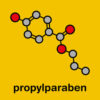
Parabens are a class of preservatives including methylparaben, propylparaben, butylparaben and ethylparaben (and 17 more). They are commonly used preservatives which form the basis of several commercial preservative blends including Germaben(TM) II and Liquapar(TM). Paraben Safety Parabens have been used in cosmetic (and other) products for over 100 years. However, there have recently been safety…

Plastic microbeads are prohibited for use in rinse-off cosmetics. If a rinse-off cosmetic contains plastic microbeads, it is adulterated (and therefore illegal).1 21 USC 331(ddd) Definition: A plastic microbead is any solid plastic particle that is less than 5 millimeters in size and is intended to be used to exfoliate or cleanse the human body…
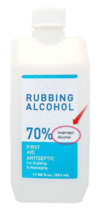
The term “rubbing alcohol” originally referred to alcohols that were applied to the body rather than drunk as a beverage. Especially during Prohibition, when consumable alcohol was illegal, the distinction was important. The Alcohol and Tobacco Tax and Trade Bureau (TTB) and the United States Pharmocapeia (USP) define two different formulas for rubbing alcohol that…
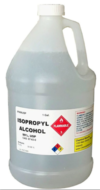
Isopropyl alcohol (also called 2-propanol or isopropanol) is a colorless, clear, flammable liquid with a strong and recognizable odor. It is made from propylene (also called propene) which comes from petroleum. Isopropyl alcohol is often also referred to as “rubbing alcohol” although it is not the only type of rubbing alcohol. It is highly poisonous…
In cosmetic ingredient naming, “alcohol” is the INCI name for ethyl alcohol (ethanol). Ethyl alcohol–also called grain alcohol–is the consumable kind of alcohol. It’s naturally produced by the fermentation of sugars, from which we get all sorts of alcoholic beverages; beers, wines and hard liquors. It can also be produced synthetically from petrochemicals. Many cosmetic…
As an ingredient in cosmetics, talc has been under scrutiny for some years now. I’ve recently done a survey of the current information about talc, and here’s what I found out. Talc was originally used as “talcum powder”–the original body or baby powder. Now it has many uses in cosmetics and other personal care products;…
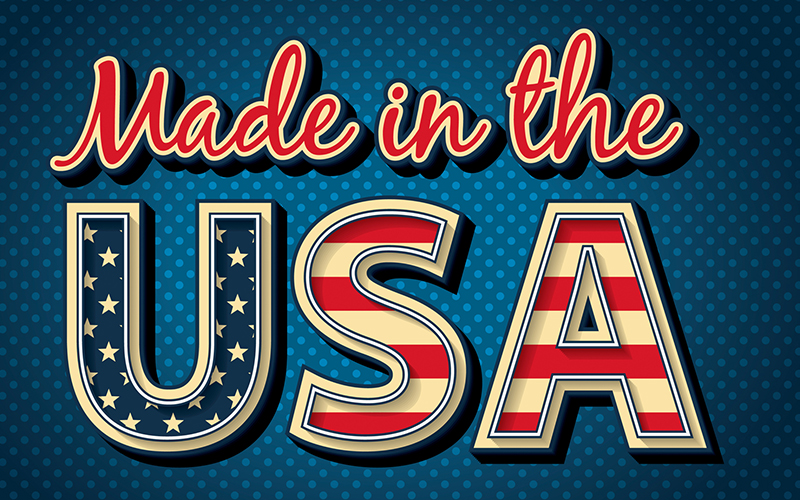
If you want to make the claim that a product is “Made in the USA” you must comply with the Federal Trade Commission’s “Made in the USA” policy.
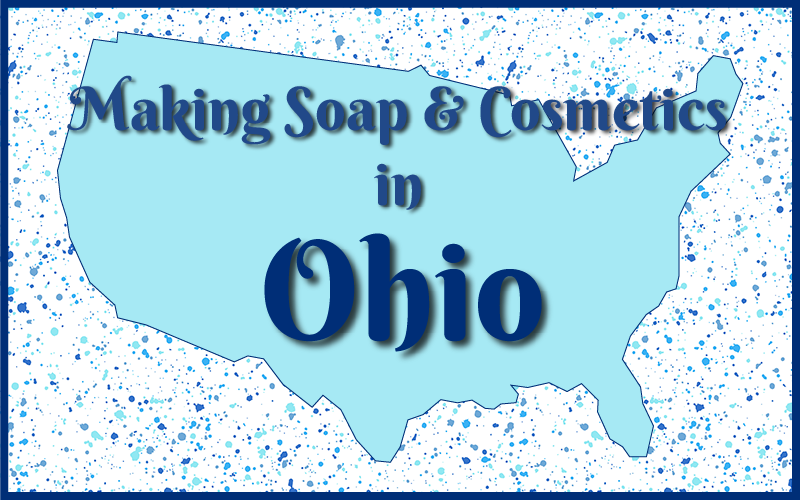
Ohio is one of the several states that has additional requirements for cosmetic makers.